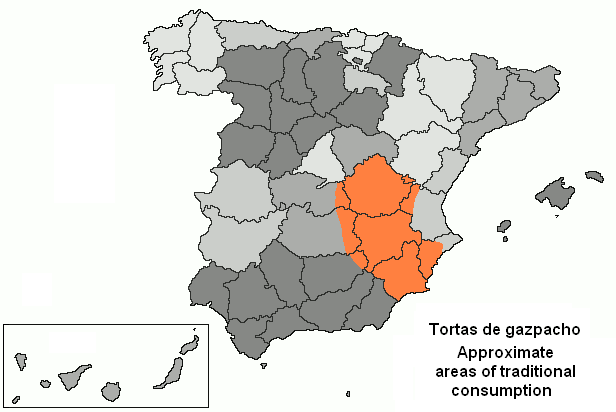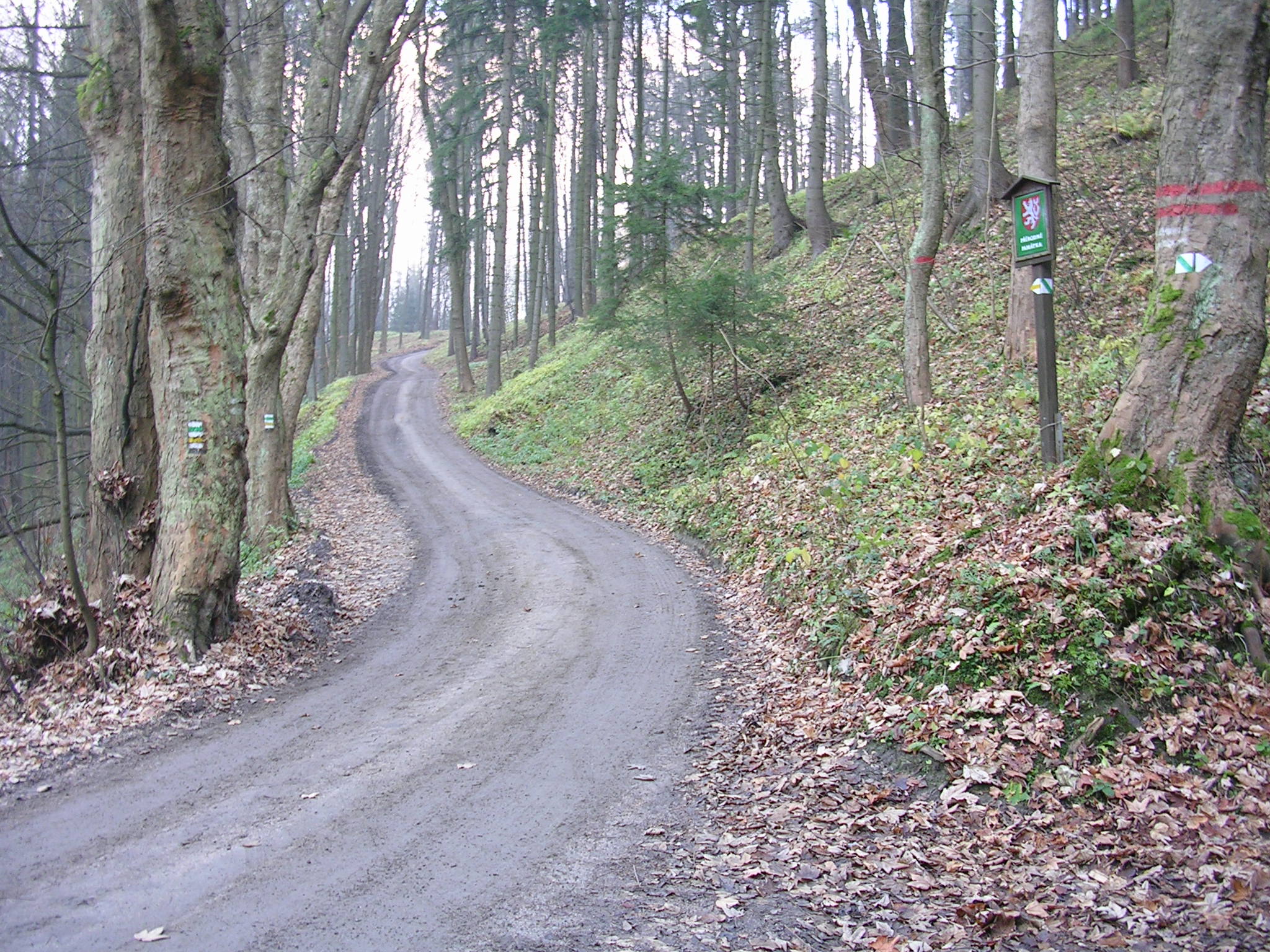|
Ayora
Ayora ( va, Aiora) is a municipality in the ''comarca'' of Valle de Ayora in the Valencian Community, Spain. It lies in the inland part of the Valencian Community on the border of the provinces of Albacete and Alicante. The Valley of Ayora runs between the mountain ranges of Sierra Palomera and Mugrón to the west, and Cortes de Pallás and the Caroig Peak. Its landscape consists of numerous forest track Forest tracks or forest roads are roads or tracks intended to carry motorised vehicles or horse-drawn wagons being used mainly or exclusively for forestry purposes, such as conservation or logging. Forest tracks may be open to ramblers or mountain ...s crossing the valleys and bordering the mountains. It contains a number of tourist attractions: the Cave of Don Juan, the Ayora Castle, the Parish church of Our Lady of the Ascension, Hermitages, the Iberian town of the Castellar of Meca, Cave paintings (Cave La Vieja), La Hunde and the rivers Cabriel and Júcar. The region conta ... [...More Info...] [...Related Items...] OR: [Wikipedia] [Google] [Baidu] |
Valle De Ayora
Valle de Ayora also called Valle de Ayora-Cofrentes is a ''comarca'' in the province of Valencia, Valencian Community, Spain. Municipalities *Ayora *Cofrentes *Cortes de Pallás * Jalance * Jarafuel *Teresa de Cofrentes Teresa de Cofrentes is a municipality in the ''comarca'' of Valle de Cofrentes in the Valencian Community The Valencian Community ( ca-valencia, Comunitat Valenciana, es, Comunidad Valenciana) is an autonomous community of Spain. It is the ... * Zarra External links * Comarques of the Valencian Community Geography of the Province of Valencia {{Valencia-geo-stub ... [...More Info...] [...Related Items...] OR: [Wikipedia] [Google] [Baidu] |
Sierra Del Mugrón
Sierra del Mugrón is a long mountain range located between the shire of Valle de Cofrentes ( ca-valencia, Vall de Cofrents), Valencian Community, and Almansa, Castile-La Mancha, Spain. It is an isolated range between the Iberian System and the Cordillera Prebética. Its highest point is 1,209 m. The northern section of this range is within the Ayora ( ca-valencia, Aiora) municipal term, while the southern belongs to Almansa. There are remains of an Ancient Iberian settlement in Castellar de Meca, between Ayora and Alpera. This mountain range is a quiet lonely and isolated area with a sizeable amount of wildlife, foremost of which are the wildcat, boar, little bustard, Eurasian stone-curlew, peregrine falcon, European nightjar, black wheatear, common wood pigeon, Dartford warbler, red-legged partridge and Bonelli's eagle. See also *Mountains of the Valencian Community This is a list of mountains in the Valencian Community of Spain. See also *List of mountains in Ara ... [...More Info...] [...Related Items...] OR: [Wikipedia] [Google] [Baidu] |
Evaristo Crespo Azorín
Evaristo Crespo Azorín (27 January 1863 in Ayora, Valencia Province, Spain – 6 March 1941 in the city of Valencia) was a Spanish lawyer, politician and professor. He is buried in Valencia's Municipal Cemetery. Career Evaristo was the cousin of Enrique Crespo Aparicio, who was admitted to the Bar Association of Valencia before him, in 1880, beginning the saga of Crespo & Azorin in that institution. Lacking the financial wherewithal to study, he went to Madrid and worked in a pharmacy as a youth, using his spare time to study. He graduated in Pharmaceutical Science and Law, which he finished at the age of 21, and later in Arts and as a Professor of Commerce. He approached the Conservative Party founded by Antonio Cánovas del Castillo and went to Valencia to practice law, which earned him a reputation. When he was 28 years old, in 1891, he was elected municipal councillor in the city, holding the post of Deputy Mayor and by the age of 31 was already a provincial deputy. Fourtee ... [...More Info...] [...Related Items...] OR: [Wikipedia] [Google] [Baidu] |
Comarques Of The Valencian Community
The ''comarques'' of the Valencian Community, form an intermediate level of administrative subdivision between municipalities and provinces. They are used as a basis for the provision of local services by the Generalitat Valenciana, but do not have any representative or executive bodies of their own. In 1987, the Generalitat Valenciana published an official proposal for Homologated Territorial Demarcations, ''Demarcacions Territorials Homologades'' (DTH), of three degrees, where the first degree largely coincides with the territorial concept of ''comarca''. Until now, the practice of these demarcations has been limited as a reference to the administrative decentralisation of the different services offered by the Generalitat, such as education, health, or agriculture. In fact, there is no legal provision for these DTHs to ultimately have the intended “territorial impact”, that is, comarca-level political or administrative bodies. Instead, the powers shared between several munic ... [...More Info...] [...Related Items...] OR: [Wikipedia] [Google] [Baidu] |
Torta De Gazpacho
Torta de gazpacho is a type of torta, or flat bread, used to prepare a dish called ''gazpacho'' or ''gazpacho manchego'' in La Mancha and Southeast Spain, including Murcia and parts of the autonomous community of Valencia. A ''torta de gazpacho'', also known as ''torta de Pastor'', is a flat and round bread made with wheat flour without yeast. Along with the gachas the ''tortas de gazpacho'' are a very ancient Iberian staple food preparation. Traditionally Manchega women used to bake their own ''tortas'' at home, but now a commercial type of ''torta de gazpacho'' is produced in La Roda under the name ''"torta cenceña"''. To prepare ''gazpachos'' the flat bread is torn or cut into small pieces and mixed with a somewhat liquid stew in order to prepare a warm dish. This dish originated in the hearty food shepherds needed when they came back home on cold winter nights. It is traditional to serve this dish by placing the pan or large plate in the middle and all the guests si ... [...More Info...] [...Related Items...] OR: [Wikipedia] [Google] [Baidu] |
Comarcas Of Spain
In Spain, a ''comarca'' (, sing. ''comarca'') is either a traditional territorial division without any formal basis, or a group of municipalities, legally defined by an autonomous community for the purpose of providing common local government services. In English, a comarca is equivalent to a district, county, area or zone. Legally defined comarcas The large majority of legally defined comarcas are in Catalonia (42) and Aragon (33)), and are regulated by law and are governed by a comarcal council with specified powers. There are seven comarcas formally registered in Basque Country and one in Castile and León. In Andalusia and Asturias, comarcas are defined by law but lack any defined function. Informal comarcas In other regions, comarcas are traditional or historical or in some cases, contemporary creations designed for tourism promotions. In some other cases (e.g. La Carballeda) a comarca may correspond to a natural area, like a valley, river basin and mountainous area, ... [...More Info...] [...Related Items...] OR: [Wikipedia] [Google] [Baidu] |
Cortes De Pallás
Cortes de Pallás is a municipality in the ''comarca'' of Valle de Cofrentes in the Valencian Community The Valencian Community ( ca-valencia, Comunitat Valenciana, es, Comunidad Valenciana) is an autonomous community of Spain. It is the fourth most populous Spanish autonomous community after Andalusia, Catalonia and the Community of Madrid with ..., Spain. References External links * Municipalities in the Province of Valencia Valle de Cofrentes {{valencia-geo-stub ... [...More Info...] [...Related Items...] OR: [Wikipedia] [Google] [Baidu] |
Municipalities Of Spain
The municipality ( es, municipio, , ca, municipi, gl, concello, eu, udalerria, ast, conceyu)In other languages of Spain: * Catalan/Valencian (), sing. ''municipi''. * Galician () or (), sing. ''municipio''/''bisbarra''. *Basque (), sing. ''udalerria''. * Asturian (), sing. ''conceyu''. is the basic local administrative division in Spain together with the province. Organisation Each municipality forms part of a province which in turn forms part or the whole of an autonomous community (17 in total plus Ceuta and Melilla): some autonomous communities also group municipalities into entities known as ''comarcas'' (districts) or ''mancomunidades'' (commonwealths). There are a total of 8,131 municipalities in Spain, including the autonomous cities of Ceuta and Melilla. In the Principality of Asturias, municipalities are officially named ''concejos'' (councils). The average population of a municipality is about 5,300, but this figure masks a huge range: the most populo ... [...More Info...] [...Related Items...] OR: [Wikipedia] [Google] [Baidu] |
Telephone Numbers In Spain
The Spanish telephone numbering plan is the allocation of telephone numbers in Spain. It was previously regulated by the Comisión del Mercado de las Telecomunicaciones (CMT), but is now regulated by the Comisión Nacional de los Mercados y la Competencia (CNMC). History Before 1998, local telephone calls could be made using only the subscriber's number without the area code, while the trunk code '9' was omitted when calling from outside Spain, e.g.: xx xx xx (within the same province) 9xx xxx xxx (within Spain) +34 xx xxx xxx (outside Spain) International calls were made by dialling the international access code 07, waiting for a tone, and then dialling the country code. [...More Info...] [...Related Items...] OR: [Wikipedia] [Google] [Baidu] |
Forest Track
Forest tracks or forest roads are roads or tracks intended to carry motorised vehicles or horse-drawn wagons being used mainly or exclusively for forestry purposes, such as conservation or logging. Forest tracks may be open to ramblers or mountain bikers depending on local rules. Description Forest roads may be tarmacked, gravelled or metalled (using hard core) and often have restrictions on use. In many regions the establishment of forest roads is not only subject to approval under forest management law, but also conservation law. in Tyrol retrieved 28 June 2010 In and other especially important conservation areas, forest roads and tracks are generally si ... [...More Info...] [...Related Items...] OR: [Wikipedia] [Google] [Baidu] |
Valencia (autonomous Community)
The Valencian Community ( ca-valencia, Comunitat Valenciana, es, Comunidad Valenciana) is an Autonomous communities of Spain, autonomous community of Spain. It is the fourth most populous Spanish Autonomous communities of Spain, autonomous community after Andalusia, Catalonia and the Community of Madrid with more than five million inhabitants.Instituto Nacional de Estadística, Madrid, 2020. Its homonymous capital Valencia is the third largest city and metropolitan area in Spain. It is located along the Mediterranean Sea, Mediterranean coast on the east side of the Iberian Peninsula. It borders with Catalonia to the north, Aragon and Castilla–La Mancha to the west, and Region of Murcia, Murcia to the south, and the Balearic Islands are to its east. The Valencian Community consists of three Provinces of Spain, provinces which are province of Castellón, Castellón, province of Valencia, Valencia and province of Alicante, Alicante. According to Valencia's Statute of Autonomy, th ... [...More Info...] [...Related Items...] OR: [Wikipedia] [Google] [Baidu] |
People's Party Of The Valencian Community
The People's Party of the Valencian Community ( es, Partido Popular de la Comunidad Valenciana; ca-valencia, Partit Popular de la Comunitat Valenciana, PP or PPCV) is the Valencian branch of the People's Party, as well as one of the historically most powerful organizations within the PP. Upon its foundation, the PPCV remained at opposition under the leadership of Pedro Agramunt. However, after Eduardo Zaplana was elected as new party leader in 1993, the party was able to win the 1995 election by a simple majority and form a coalition government with Valencian Union. In 1999 the party obtained the absolute majority in the Valencian Courts, which it held for the next 16 years. The party, which turned into one of the most powerful organizations in the Valencian Community, was expelled from government in the 2015 election after a 20-year uninterrupted stay in power amid accusations of political corruption and illegal financing. Post-election agreements between Compromís, PSPV ... [...More Info...] [...Related Items...] OR: [Wikipedia] [Google] [Baidu] |


